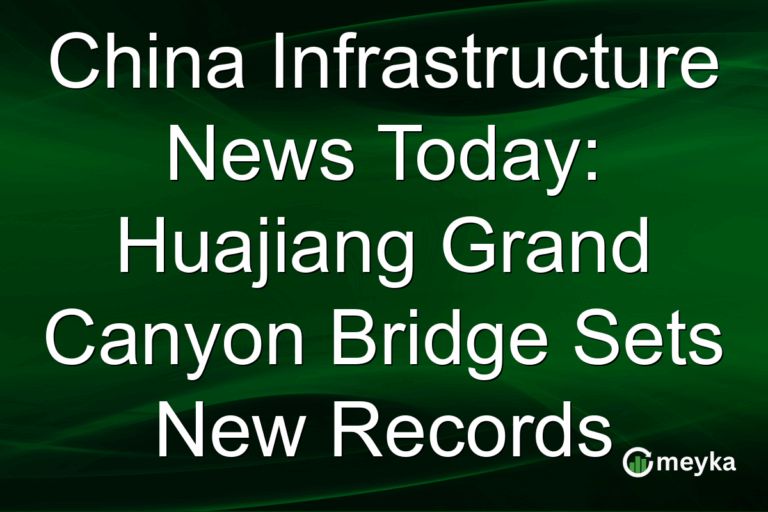Bus Networks Surge in Popularity Amid Elevated Demand in Hong Kong
The bus network in Hong Kong is witnessing a dramatic surge, propelled by a remarkable 1,000% increase in interest according to recent Google Trends data. This sharp rise underscores the growing reliance on public transportation in the city. With Hong Kong’s dense population and urban layout, the focus keyword ‘bus demand increase’ captures the urgency and transformation in commuting preferences perfectly.
Rising Reliance on Public Transportation in Hong Kong
Hong Kong has long been known for its efficient public transport. Recent shifts, however, signal a change in dynamics. The dramatic ‘bus demand increase’ reflects a growing dependency on these services, with more residents opting for affordable and reliable transit solutions. Recent figures show a significant uptick in bus usage as more people abandon private vehicles amid environmental concerns and high costs. This aligns with global trends toward sustainable urban transportation solutions. Learn more from public sentiment in discussions on platforms like X.
Government Strategies and Infrastructure Expansion
In response to the bus volume growth, Hong Kong’s government has accelerated efforts to expand bus networks. The objective is to improve accessibility and reduce congestion. Infrastructure improvements include dedicated bus lanes and increased frequency during peak hours. This proactive stance is crucial as officials anticipate continued growth in public transportation Hong Kong usage. These enhancements are supported by legal measures, focusing on efficient service provision and integration with other transport modes. For more insights, check out the latest government updates on transportation policies.
Impact on Mobility and Urban Planning
The increased dependency on buses has significant implications for urban planning in Hong Kong. With a rising bus demand increase, city planners are recalibrating mobility strategies to integrate more bus routes into the urban framework. This adjustment is aimed at ensuring smoother commutes and alleviating traffic bottlenecks. The strategy includes leveraging technology for route optimization and real-time updates. Ultimately, these initiatives aim to foster a more connected city, both physically and socially. For global context, explore regional trends in the transportation sector.
Final Thoughts
The surge in Hong Kong’s bus network popularity highlights critical shifts in urban mobility. As public transportation becomes a cornerstone of daily life, strategic government interventions and infrastructure expansions are vital. This growing reliance not only supports a sustainable future but also reshapes how residents navigate the city. The 1,000% interest spike in bus networks underscores urgent demands on Hong Kong’s transportation systems. These trends will likely accelerate modernization efforts, offering a more accessible and eco-friendly commute. Monitoring these developments provides valuable insights into urban transformations globally.
FAQs
The increase in bus demand is driven by rising fuel costs, a push towards sustainable transport, and improved bus services. Many residents find buses more convenient and cost-effective compared to other modes of transport.
The government is enhancing infrastructure by expanding bus lanes, increasing service frequency, and integrating buses with other transport modes. These measures aim to accommodate the growing public transport needs efficiently.
Increased bus usage helps reduce traffic congestion, lower emissions, and promotes a greener environment. It also offers Hong Kong residents a more affordable and reliable means of transportation.
Disclaimer:
The content shared by Meyka AI PTY LTD is solely for research and informational purposes. Meyka is not a financial advisory service, and the information provided should not be considered investment or trading advice.






